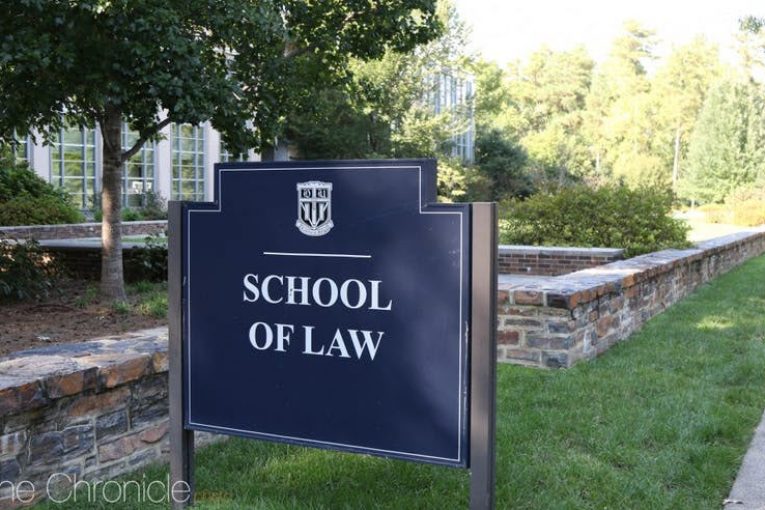
WASHINTON, DC – Following the U.S. Supreme Court decision overturning race-based affirmative action in college admissions, Harvard Law School admitted 56 percent fewer Black or African law students in 2024 compared to the previous year, according to law reporter Dan Roe, noting the differences the ending of affirmative action has had on law schools in the U.S.
The nation’s top 14 law schools saw a noticeable difference in the racial and ethnic makeup of the 1L classes during this past fall in 2024.
The population of 39,684 first-year enrollees within the American Bar Association’s cohort of 196 approved law schools saw a decline in proportional representation of Black or African men by 0.3 percentage points, as well as American Indian men declining by 0.3 points, white men by 0.6 points and white women by 0.8 points.
While this was occurring, there was an increase in Asian men and women enrollment by one percentage point.
The data provided by the ABA also revealed a decrease in total J.D. enrollment, dropping from 116,851 in 2023 to 115,410 in 2024, while women continued to make up approximately 56 percent of first-year enrollees.
Although these differences were prominent, they were especially highlighted in the top 14 law schools, said the ABA.
Representation of Hispanic law students in the top 14 declined, with women 0.7 points less represented at 5.6 percent of the top 14, and men down one point down at roughly five percent of the top 14.
Black or African male first-year enrollees in the top 14 law schools fell from 3.2 percent in 2023 to 2.6 percent in 2024, a larger drop than across all 196 ABA-approved schools. Black or African women declined from 5.2 percent to 4.6 percent in the top 14, despite increased overall enrollment throughout the nation.
At California’s top law schools—Stanford, Berkeley and UCLA—enrollment of Black, Hispanic, American Indian, and Asian students mostly increased, according to ABA data.
However, two exceptions were noted: Berkeley saw American Indian first-year students drop from three in 2023 to none in 2024, and UCLA’s first-year Black student enrollment fell from 28 to 22.
The number of first-year Hispanic students increased from 26 to 31 at Stanford, 36 to 41 at Berkeley, and 52 to 59 at UCLA. Asian first-year student enrollment also grew, rising from 35 to 44 at Stanford, 76 to 83 at Berkeley and 46 to 51 at UCLA.
Stanford saw its number of Black first-year law students double. Berkeley’s numbers grew by one student—20 to 21.
The number of American Indian students grew at Stanford as well. Where they initially had two, they now have five. Similarly, UCLA went from two to four.
The initial lawsuit that was filed by the Students for Fair Admissions claimed there was discrimination targeted toward the Asian American and that they were discriminated against under race-based affirmative action.
This year, representation of Asian students in Harvard’s first-year class rose 9.8 percent. At Columbia, Asian representations have doubled, but the Black or African law students representation fell by 15.6 percent
The ABA said Asian men and women saw greater enrollment numbers in the top 14 law schools than they did in the overall law student population. The Asian men were seen to have increased by 2.4 percentage points to 7.7 percent of the total of T14 population and the Asian women increased by 3.7 percentage points, said the ABA.
Representation of American Indian men and women in the T14 remained stable, with a total of 16 law students across gender identities.
White men’s representation in the T14 increased by 0.7 percentage points to 23.5 percent, while white women’s representation decreased by 1.8 points to 23.8 percent.
Enrollment of law students identifying as non-binary or with other gender identities rose to nearly one percent of the total population, up from 0.7 percent in 2023, with non-binary students making up nearly two percent of the T14 enrollment this year.